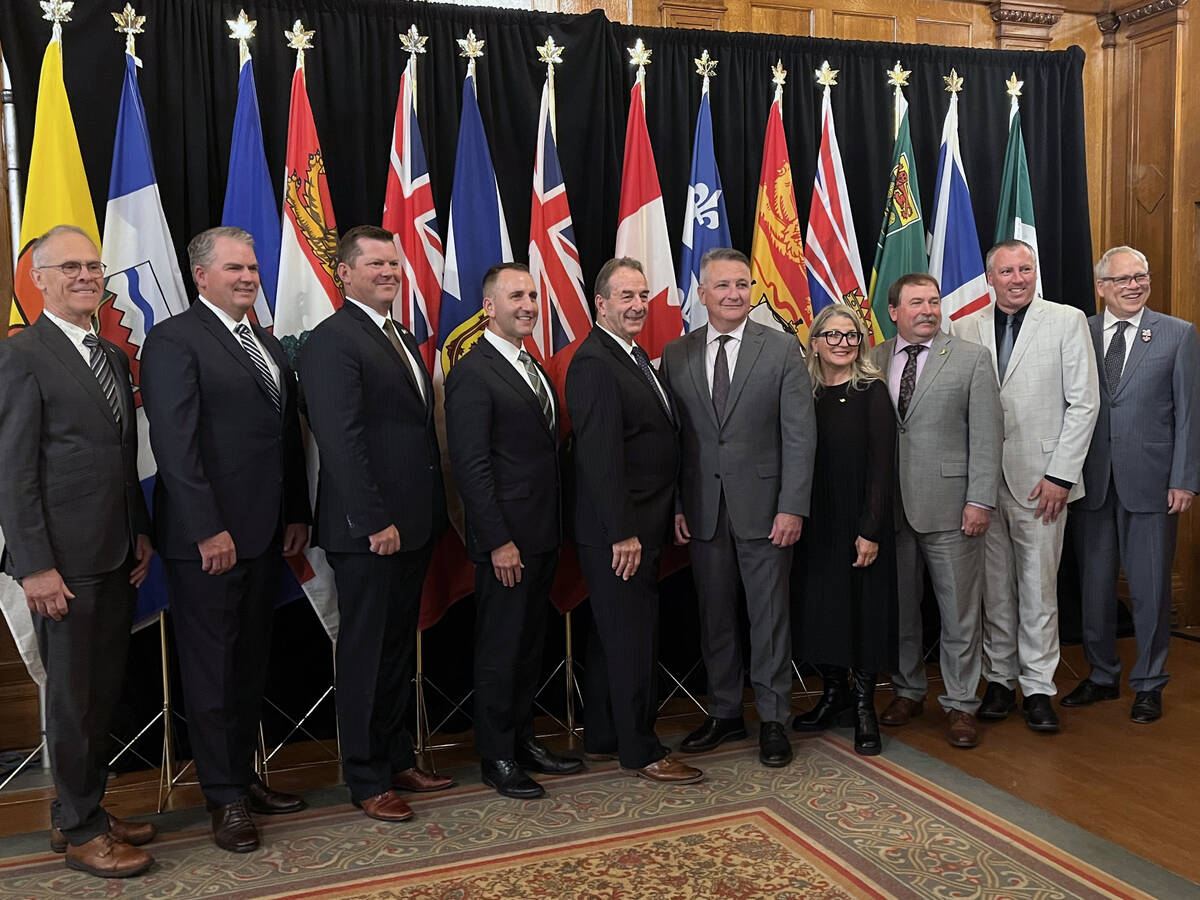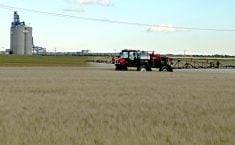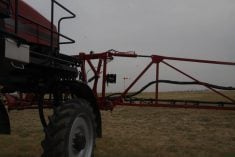WINNIPEG — Canadian agriculture ministers said they want to ensure farmers, ranchers and processors are competitive through ongoing regulatory reform and business risk management programs that work.
Speaking after their annual federal-provincial-territorial meeting Sept. 9, federal minister Heath MacDonald said there has already been progress on modernizing some regulations.
“I think all of us, to be quite honest, were a little surprised at the process that we’ve seen positively in that regard,” MacDonald said.
Read Also

American researchers design a tomato plant that talks
Two students at Cornell University have devised a faster way to detect if garden plants and agricultural crops have a sufficient supply of nitrogen.
Alberta minister RJ Sigurdson said his province challenges the new federal government to do even better, “as well as challenging all of our colleagues, provincial ag ministers, to really get serious about doing everything possible to help our farmers (and) ranchers be competitive in that space.”
He said the meeting tone was positive and there is some movement that he hasn’t seen in the past.
Saskatchewan’s minister, Daryl Harrison, was attending his first in-person FPT meeting. He said farmers need proper infrastructure to be competitive.
“We’re a trading province. We’re a trading country,” he said. “Our reliability to get those products to tidewater and getting them out is something we need to work on. It’s been talked about for years, if not decades. We need it now more than ever to increase our rail and our port capacity.”
MacDonald said he hoped the recent announcement of Canada Builds would include projects in the agriculture sector.
Keith Currie, president of the Canadian Federation of Agriculture, told the ministers both regulatory modernization and infrastructure were key takeaways from the CFA summer board meeting. He said Prime Minister Mark Carney’s promise to increase spending on defence could mean an opportunity for rural Canada to capitalize on spending on ports, rail, energy and natural gas lines, hydro improvements, roads and more.
He said American producers in particular have access to far more program funding than Canadians do, as well as new technologies.
Ontario has a dedicated red tape reduction ministry and Currie said there has been a significant reduction in the “choke hold” on small businesses.
“We need rules in place as guidelines but there are some conflicting and overlapping and unneeded regulatory barriers out there,” he said.
Those include interprovincial trade barriers, which provinces have already agreed to start tackling.
Meanwhile, Manitoba minister Ron Kostyshyn said solid business risk management programs that address both environmental and income challenges are needed. Ministers agreed to AgriStability enhancements at their July meeting.
“I think the equation needs to be also measured again, because things do change. Costs continue to rise. Simplifying the equation of AgriStability I think is key.”
Currie observed the agriculture policy framework hasn’t changed substantially in nearly 25 years and it’s time for an overhaul. He said farmer uptake is still so low that the program is not providing a safety net.
Kostyshyn added ministers must talk to the entire food chain, not only producers, about changes.
Kristina Farrell, CEO of Food and Beverage Canada, said governments can support Canada’s largest manufacturing sector by keeping corridors reliable, aligning rules without lowering standards, addressing work permits and permanent residency pathways, and creating a five-year, $2-billion domestic processing fund to help manufacturers modernize and remain competitive.
















